Conservation status Least Concern | Genus Pomacea Scientific name Pomacea bridgesii Higher classification Pomacea Rank Species | |
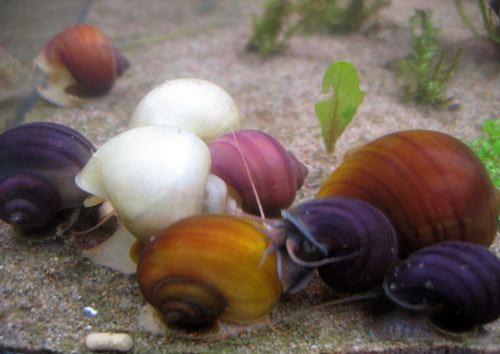 | ||
Similar Pomacea, Ampullariidae, Pomacea canaliculata, Gastropods, Neritidae | ||
Pomacea bridgesii mystery snail apple snail
Pomacea bridgesii, common names the spike-topped apple snail or mystery snail, is a South American species of freshwater snail with gills and an operculum, an aquatic gastropod mollusk in the family Ampullariidae.
Contents
- Pomacea bridgesii mystery snail apple snail
- Pomacea bridgesii laying eggs
- Subspecies
- Anatomy
- Distribution
- Non indigenous distribution
- Offspring
- Human relevance
- References
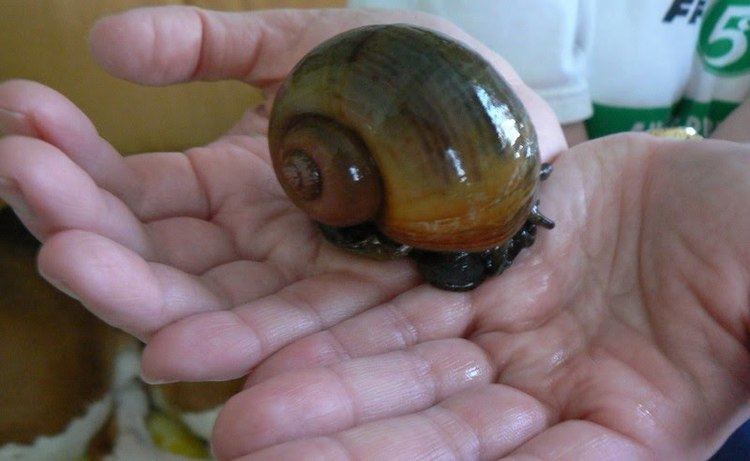
Pomacea bridgesii laying eggs
Subspecies
Anatomy
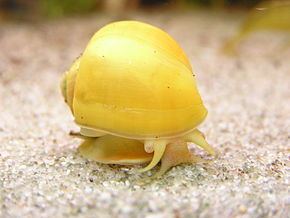
Apple snails possess structurally complex eyes at the tip of a cephalic eyestalk. These snails possess the ability to regenerate the eye completely after amputation through the mid-eyestalk. They are born with both gills and lungs.
Distribution
The native distribution of this snail is Bolivia, Brazil, Paraguay and Peru.
Non-indigenous distribution
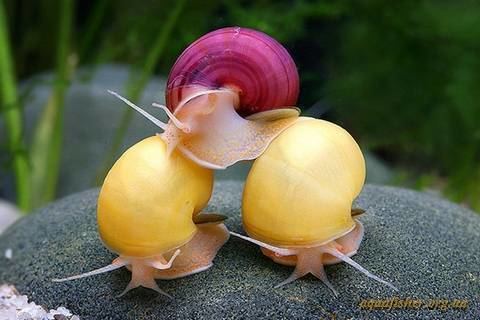
This species is non-indigenous in Hawaii since 1960 (Pomacea bridgesii diffusa), southeast Asia since the 1980s, and Florida since the early 1980s (Pomacea bridgesii diffusa).
Offspring
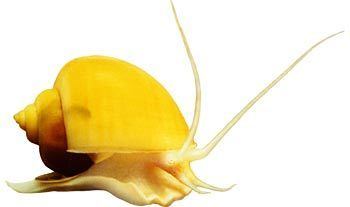
Most apple snails lay their eggs above the water line. The eggs take 2–4 weeks to hatch. The snails can produce as many as two-hundred offspring from one egg-laying event. Sometimes not all of the eggs are fertilized so they don't all hatch. When they do hatch, the hatchlings run the risk of getting eaten if they share an aquarium with fish.
Human relevance
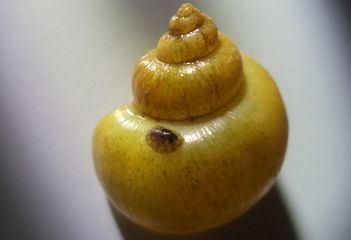
This species is often kept as an aquarium pet, because of its wide range of shell colors, lack of appetite for live plants, and ease of care.
